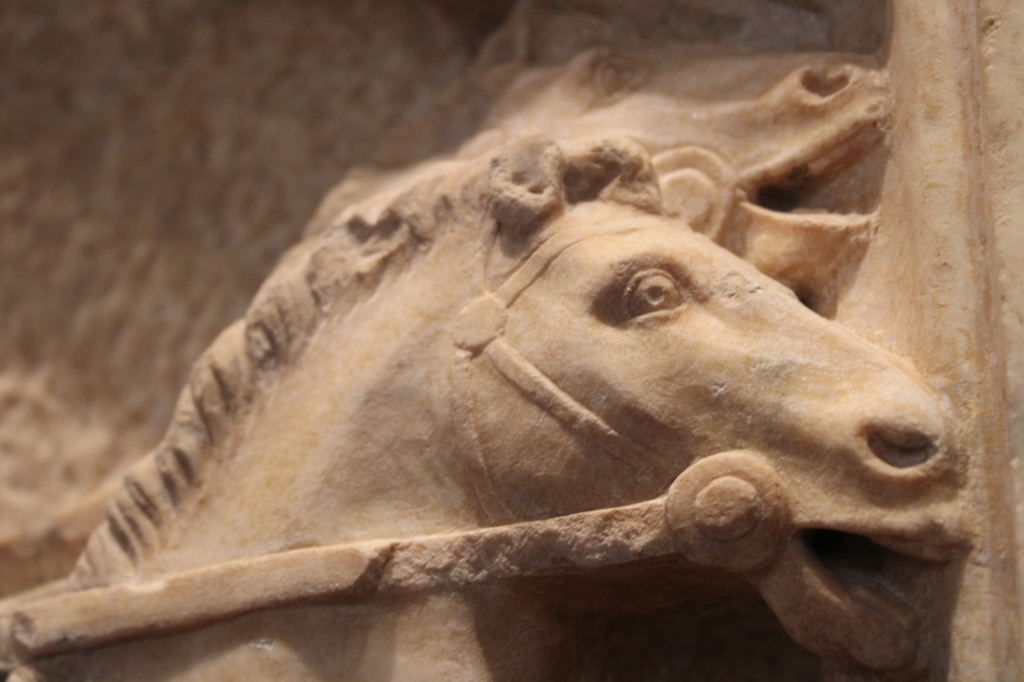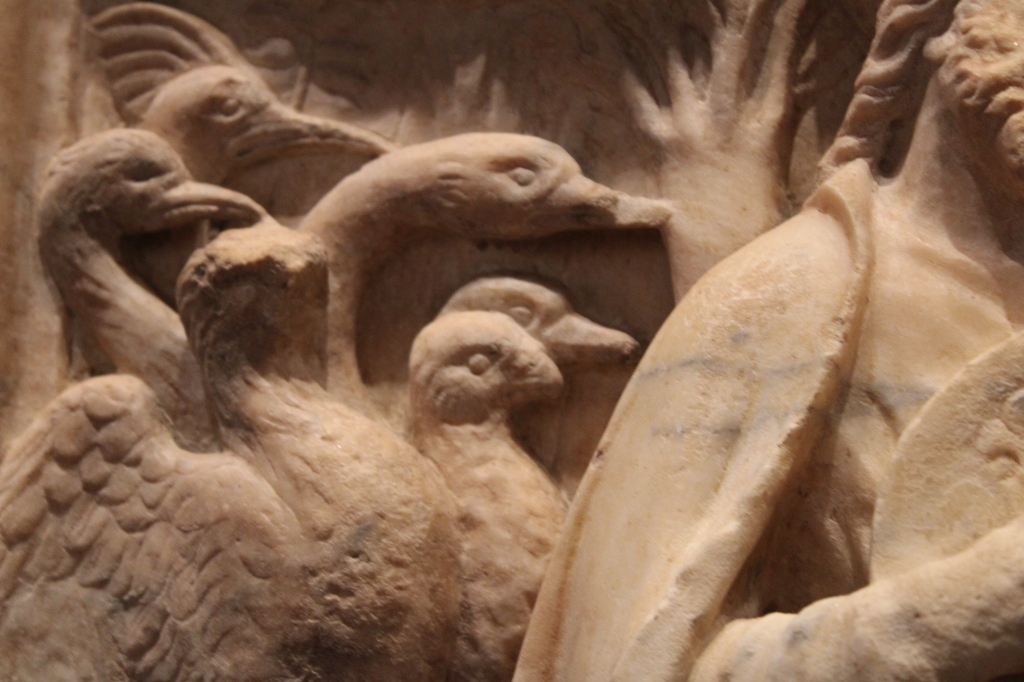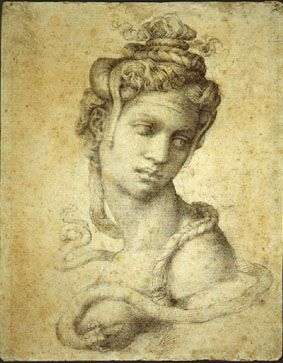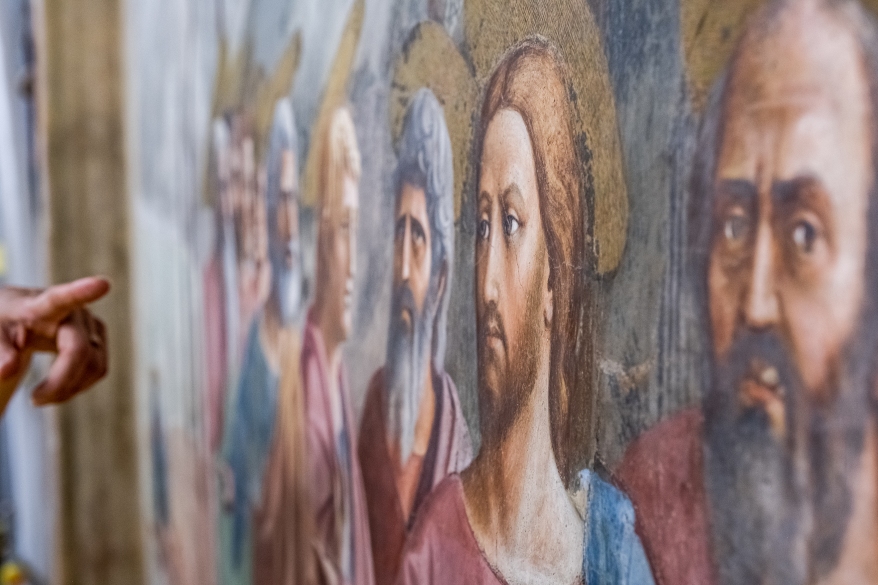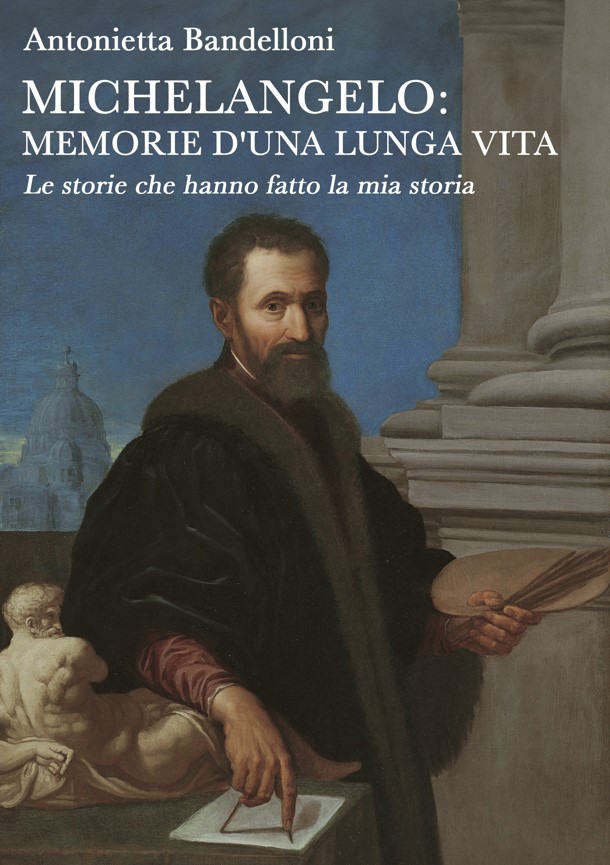Le straordinarie formelle del Campanile di Giotto di Andrea Pisano e Luca della Robbia
Sul lato Nord del primo registro del Campanile di Giotto, un tempo erano collocate le straordinarie formelle scolpite nel marmo fra il Trecento e il Quattrocento da Andrea Pisano e Luca della Robbia.
Oggi sono state rimosse e sostituite con delle copie per evitare che gli agenti atmosferici possano ulteriormente danneggiarle. Le originali si trovano nella Galleria del Campanile del Museo del Duomo di Firenze.
Straordinariamente dettagliate, raffigurano le arti liberali e quelle figurative.
Osservandole da vicino si nota una gran varietà di atteggiamenti e particolari come per esempio il polso e la mano di Pitagora nella formella di Luca della Robbia che sono completamente staccati dal fondo, creando un interessante gioco di ombre e luci.

Fu Andrea Pisano a scolpire fra il 1348 e il 1350 le formelle raffiguranti l’arte della Scultura e della Pittura mentre Luca della Robbia si occupò di dar forma con mazzuolo e scalpello a quelle dedicate alla Grammatica, alla Dialettica, Musica, Geometria, Aritmetica e all’Astrologia, tra il 1437 e il 1439.
Il rilievo in cui della Robbia si prodigò nello scolpire l’arte della Scultura, il personaggio principale è tradizionalmente identificato con Fidia mentre è al lavoro su un’opera marmorea la cui fama è dovuta principalmente a due suoi capolavoro: Zeus del tempio di Olimpia e la grande Atena Parthènos, scolpita per il Partenone.
Invece, nella formella della Pittura, tradizione vuole che fosse stato raffigurato Apelle, il celebre pittore greco al lavoro in una bottega che Pisano riprodusse tale e quale a quelle medievali del suo tempo.
Le formelle successive, scolpite da Luca della Robbia nel Quattrocento, mostrano le discipline classiche che venivano allora insegnate nelle università. Ogni rilievo mostra personaggi dell’antichità classica che si distinsero nelle discipline mostrate.
Per esempio la Grammatica è impersonificata da Elio Donato, un grammatico del IV secolo d. C mentre Platone e Aristotele che discutono fra di loro simboleggiano la Dialettica.
Nella formella della Musica non poteva mancare Orfeo che suona il liuto mentre gli animali domati dalle sue note accorrono per vedere da dove arriva quella musica divina.
La Geometria invece ha come protagonista il greco Euclide ma è Pitagora, il filosofo e scienziato greco che impersonifica l’Aritmetica.
Infine, l’ultima formella esposta, raffigura l’Astrologia e si pensa che, ancora una volta, sia Pitagora il protagonista centrale.
Se andate a Firenze non perdete l’occasione di vedere queste straordinarie formelle in marmo esposte ad altezza occhi all’interno del Museo del Duomo, nella Galleria del Campanile.
Per il momento il sempre vostro Michelangelo Buonarroti vi saluta dandovi appuntamento ai prossimi post e sui social.
The extraordinary panels of Giotto’s Bell Tower by Andrea Pisano and Luca della Robbia
On the north side of the first register of Giotto’s Bell Tower, the extraordinary panels sculpted in marble between the fourteenth and fifteenth centuries by Andrea Pisano and Luca della Robbia were once located.
Today they have been removed and replaced with copies to prevent atmospheric agents from damaging them further. The originals are located in the Bell Tower Gallery of the Florence Cathedral Museum.
Extraordinarily detailed, they depict the liberal and figurative arts.
Looking at them closely you notice a great variety of attitudes and details such as the wrist and hand of Pythagoras in Luca della Robbia’s panel which are completely detached from the background, creating an interesting play of shadows and lights.
It was Andrea Pisano who sculpted the panels depicting the art of Sculpture and Painting between 1348 and 1350, while Luca della Robbia took care of giving shape with mallet and chisel to those dedicated to Grammar, Dialectics, Music, Geometry, Arithmetic and to Astrology, between 1437 and 1439.
The relief in which della Robbia did his utmost in sculpting the art of Sculpture, the main character is traditionally identified with Phidias while he is working on a marble work whose fame is mainly due to two of his masterpieces: Zeus of the temple of Olympia and the great Athena Parthènos, sculpted for the Parthenon.
Instead, in the panel dedicated to Painting, tradition has it that Apelles was depicted, the famous Greek painter at work in a workshop that Pisano reproduced exactly like the medieval ones of his time.
The subsequent panels, sculpted by Luca della Robbia in the fifteenth century, show the classical disciplines that were then taught in universities. Each relief shows characters from classical antiquity who distinguished themselves in the disciplines shown.
For example, Grammar is personified by Elio Donato, a grammarian of the 4th century AD. C while Plato and Aristotle arguing with each other symbolize Dialectics.
The Music panel could not miss Orpheus playing the lute while the animals tamed by his notes rush to see where that divine music comes from.
Geometry, on the other hand, has the Greek Euclid as its protagonist but it is Pythagoras, the Greek philosopher and scientist who personifies Arithmetic.
Finally, the last panel on display depicts Astrology and it is thought that, once again, Pythagoras is the central protagonist.
If you go to Florence, don’t miss the opportunity to see these extraordinary marble tiles displayed at eye level inside the Duomo Museum, in the Bell Tower Gallery.
For the moment, your always Michelangelo Buonarroti greets you and will meet you in the next posts and on social media.

Sostienici – Support Us
Se questo blog ti piace e ti appassiona, puoi aiutarci a farlo crescere sempre più sostenendoci in modo concreto condividendo i post, seguendo le pagine social e con un contributo che ci aiuta ad andare avanti con il nostro lavoro di divulgazione. . ENGLISH: If you like and are passionate about this blog, you can help us make it grow more and more by supporting us in a concrete way by sharing posts, following social pages and with a contribution that helps us to move forward with our dissemination work.
10,00 €
-
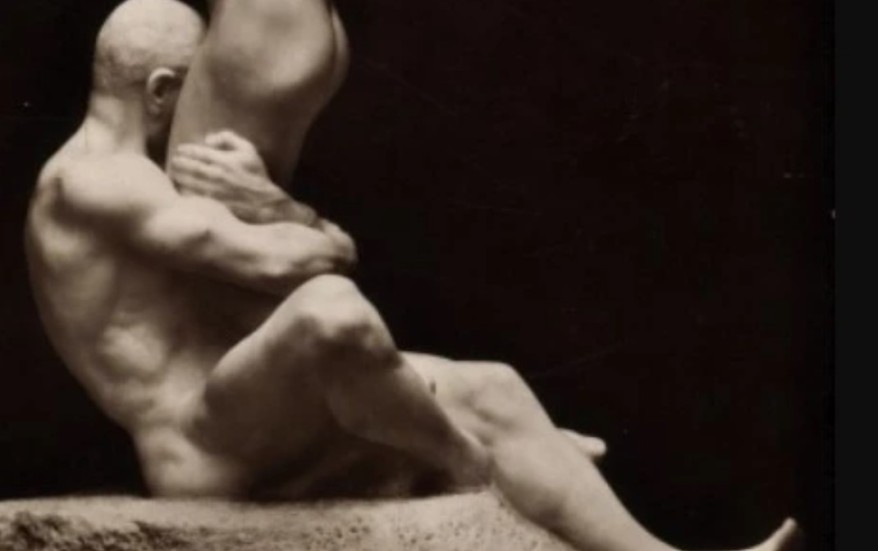
La Scultura del giorno: Fantasie di Fritz Klimsch
🇮🇹La scultura del giorno che vi propongo oggi è Fantasie, la sensuale opera in marmo dello scultore tedesco Klimsch risalente ai primi anno del Novecento… 🇬🇧The sculpture of the day that I propose to you today is Fantasie, the sensual marble work by the German sculptor Klimsch dating back to the early twentieth century…
-

La Belle Époque a Palazzo Cucchiari a Carrara
🇮🇹La Belle Époque sta per arrivare a Carrara. Le sale di Palazzo Cucchiari a Carrara, a partire dal 28 giugno ospiteranno la mostra ‘Belle Époque. I pittori italiani della vita moderna. Da Lega e Fattori a Boldini e De Nittis a Nomellini e Balla‘ curata da Massimo Bertozzi… 🇬🇧The Belle Époque is about to arrive…

